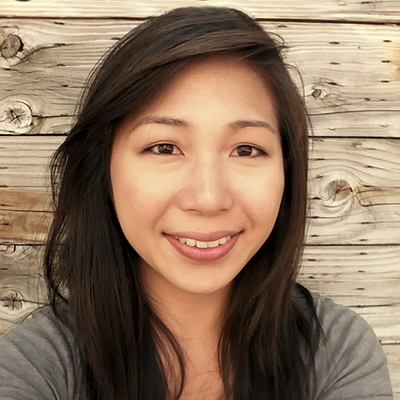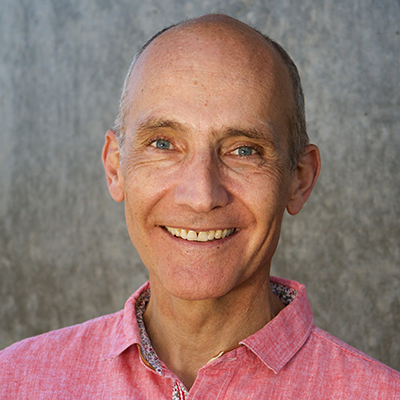Publications
A selected list of publications:
Biography
Felix E. Schweizer was born in Basel, Switzerland and conducted his graduate research in the laboratory of Prof. Max M. Burger under the direction of Dr. Theo Schafer. He received his PhD degree in biochemistry summa cum laude from the University of Basel in 1989. From 1990 to 1994, he was a post-doctoral fellow in the Department of Molecular and Cellular Physiology at Stanford University in the laboratory of Prof. Richard W. Tsien. From 1994 to 1998, he was postdoctoral fellow in the Department of Neurobiology at Duke University in the laboratory of Professor George J. Augustine. Dr. Schweizer joined the Department of Neurobiology in the David Geffen School of Medicine at UCLA in 1998 as Assistant Professor and was promoted to Full Professor in 2010. Dr. Schweizer’s research interests concern the molecular mechanisms by which neurons communicate, the regulation of communication by neurons and how alterations in neuronal communication might contribute to neuronal diseases. The Schweizer laboratory uses electrophysiological and optical tools to investigate the dynamic molecular mechanisms underlying the regulation of neurotransmitter release. We are particularly interested in the role of protein ubiquitination in regulating neuronal excitability and synaptic transmission. In collaboration with Dr. James Wohlschlegel, we used multiplexed SILAC and identified synaptic proteins that are dynamically regulated. More recently, in collaboration with Dr. David Krantz, we are using pesticides linked to neuro-degenerative disorders as unbiased tools identify novel pathways that might be involved in early signs of degeneration. In addition, we are characterizing transmission at the first synapse of the vestibular system, i.e. between utricular sensory hair cells and primary afferent neurons. In collaboration with Dr. Larry Hoffman we are finding that changing the gravitational load alters synaptic structures. We are now using serial EM and EM tomography in addition to physiology and cell biology to define in more detail the transfer function between head-movement input and afferent nerve-firing output.





